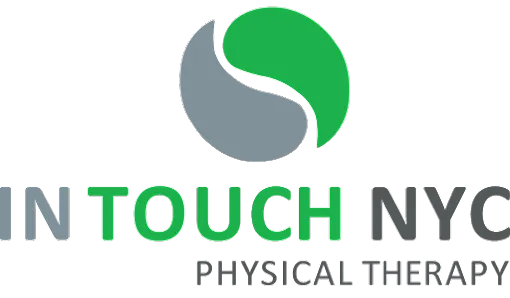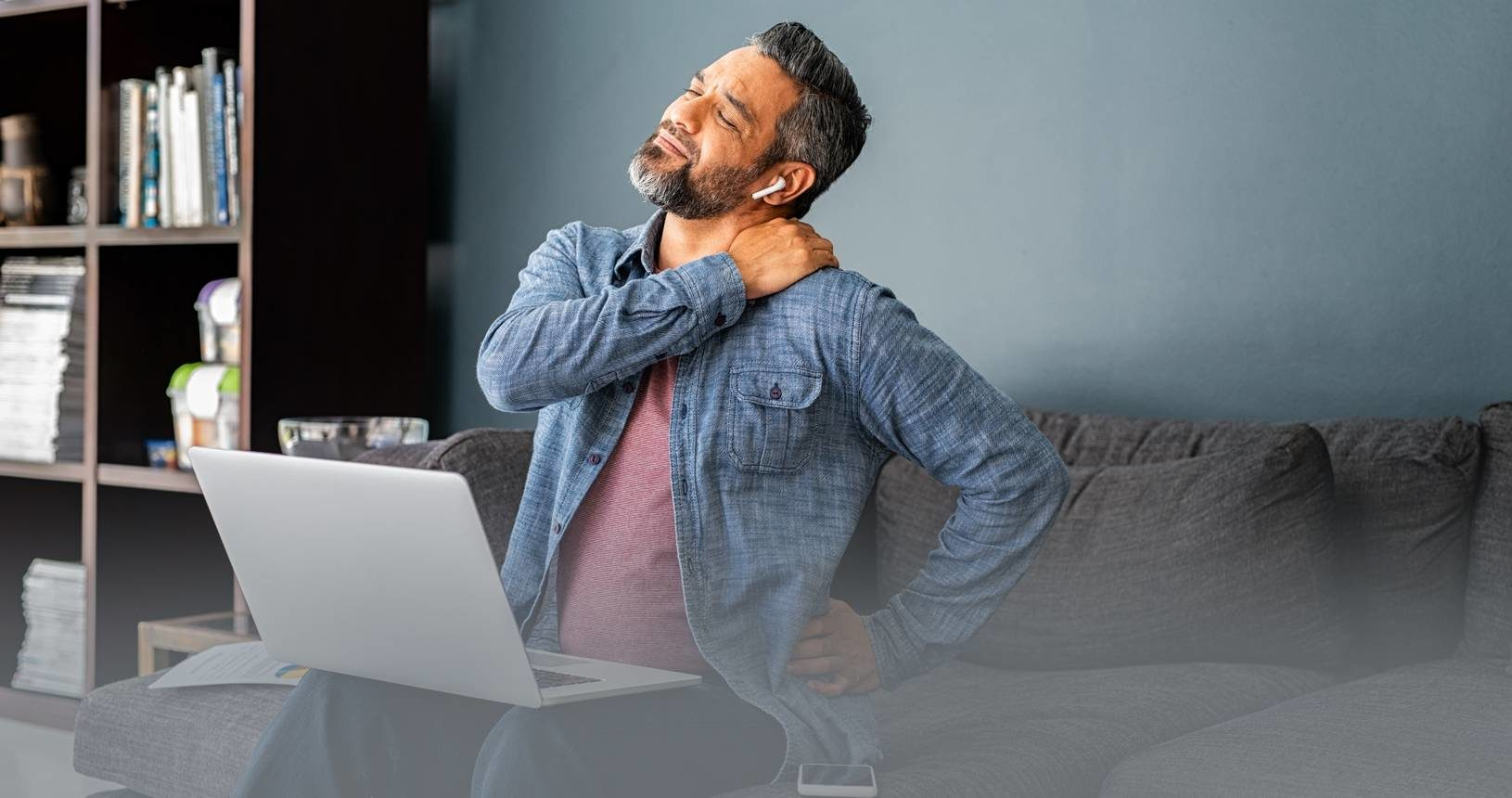Neck and back pain affect the majority of Americans¹. Up to 80 percent of adults suffer at some point from back pain, and up to 70 percent of adults suffer at some point from neck pain so severe that they cannot complete their daily activities.
While many factors lead to neck and back pain, one of the most common is simply poor posture. Posture refers to the alignment of the spine with the head, shoulders, and hips. Good posture keeps these parts of the body in a straight and relaxed position that minimizes stress on the muscles. Poor posture throws one or more members of the body out of alignment, leading to a host of problems that can significantly impact an individual’s quality of life.
How Poor Posture Affects Muscle Tension
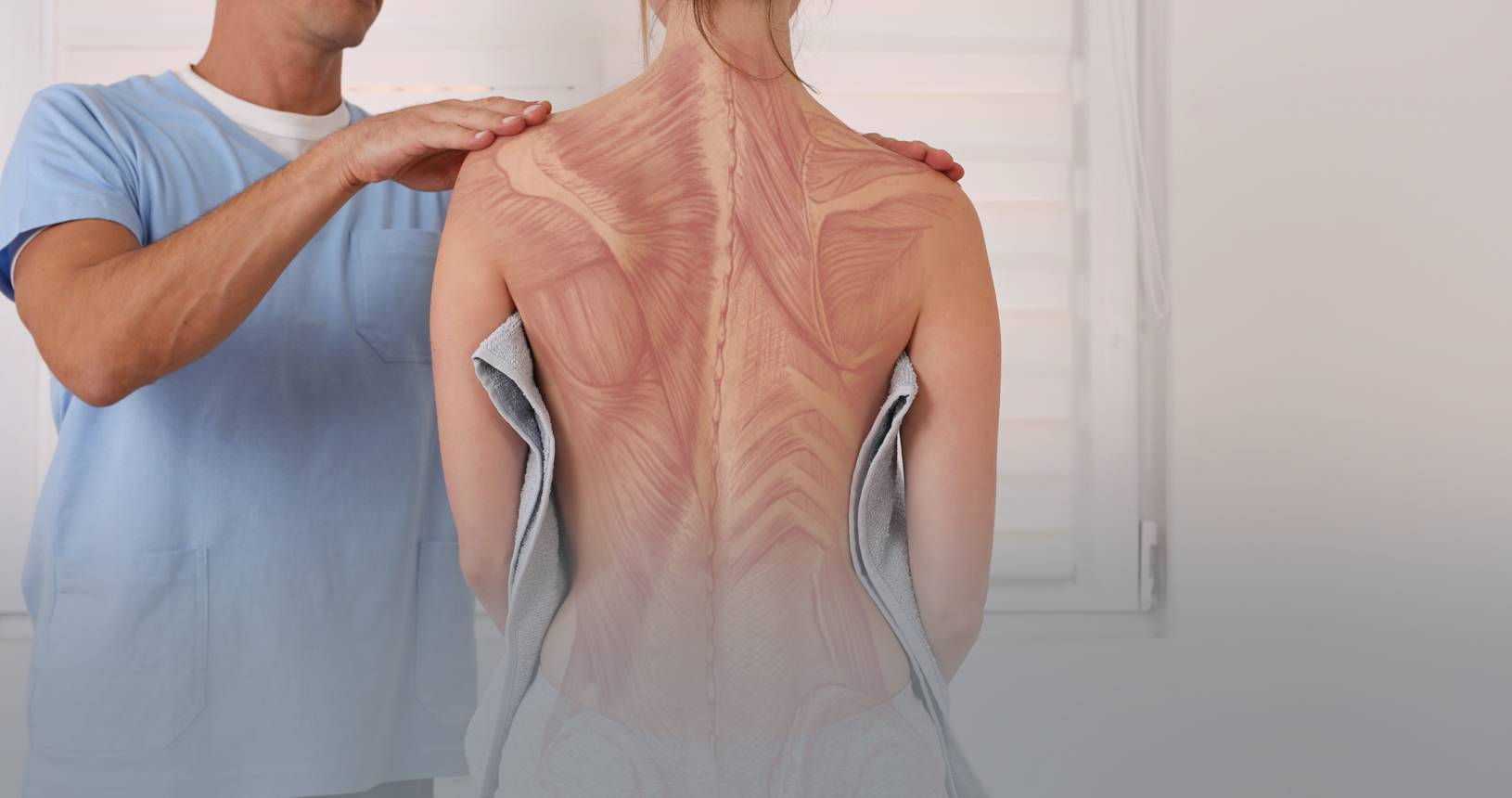
Poor posture puts more strain on the muscles
One of the most common forms of poor posture is called forward head, which forces the head in front of the body’s midline. This type of posture adds significantly more weight that the muscles of the head and neck must support. With good posture, the head adds 10-12 pounds of weight to the torso. With bad posture, the head can add 27-60 pounds to the affected muscles. In addition, poor posture can trigger the body to tighten certain muscles in order to create more stability. This tightness, combined with the strain of supporting extra weight, can lead to increased muscle tension, as well as neck, head, and back pain that interferes with daily life.Poor posture weakens muscles
Because poor posture places extra stress on the muscles, it tends to weaken them, making it harder for them to maintain the body’s position and stability over the long-term. This weakness is the result of poor posture forcing the body to use muscle fibers that are dedicated to movement, called phasic fibers, to support the body, rather than using the muscle fibers that typically support posture, called static fibers. Because the static fibers, which are the inner fibers of the muscle, are not being used, poor posture causes these parts of the muscle to weaken and lengthen. This makes it difficult for the individual to stand up properly, placing increased tension on the easily fatigued phasic fibers.Poor posture tires the outer muscles
Phasic fibers, the outer fibers of the muscle, typically only contribute to movement of the muscle. Poor posture, by forcing them to work harder and take over more of the work of supporting the body, wears them out quickly, leading to soreness and chronic pain. The muscle tension caused by poor posture can lead to a host of problems that leave people tired, sore, and even struggling to complete daily tasks. Here are some of the most common problems faced by individuals who have poor posture:- Head, neck, and upper back pain
- Lower back pain
- Headaches
- Difficulty walking
- A change in appearance (e.g. A hunchback)
- Increased risk of injury
- Disc degeneration
- Knee pain
- Trapping of the tendons in the shoulder, called shoulder impingement
Common Posture Problems
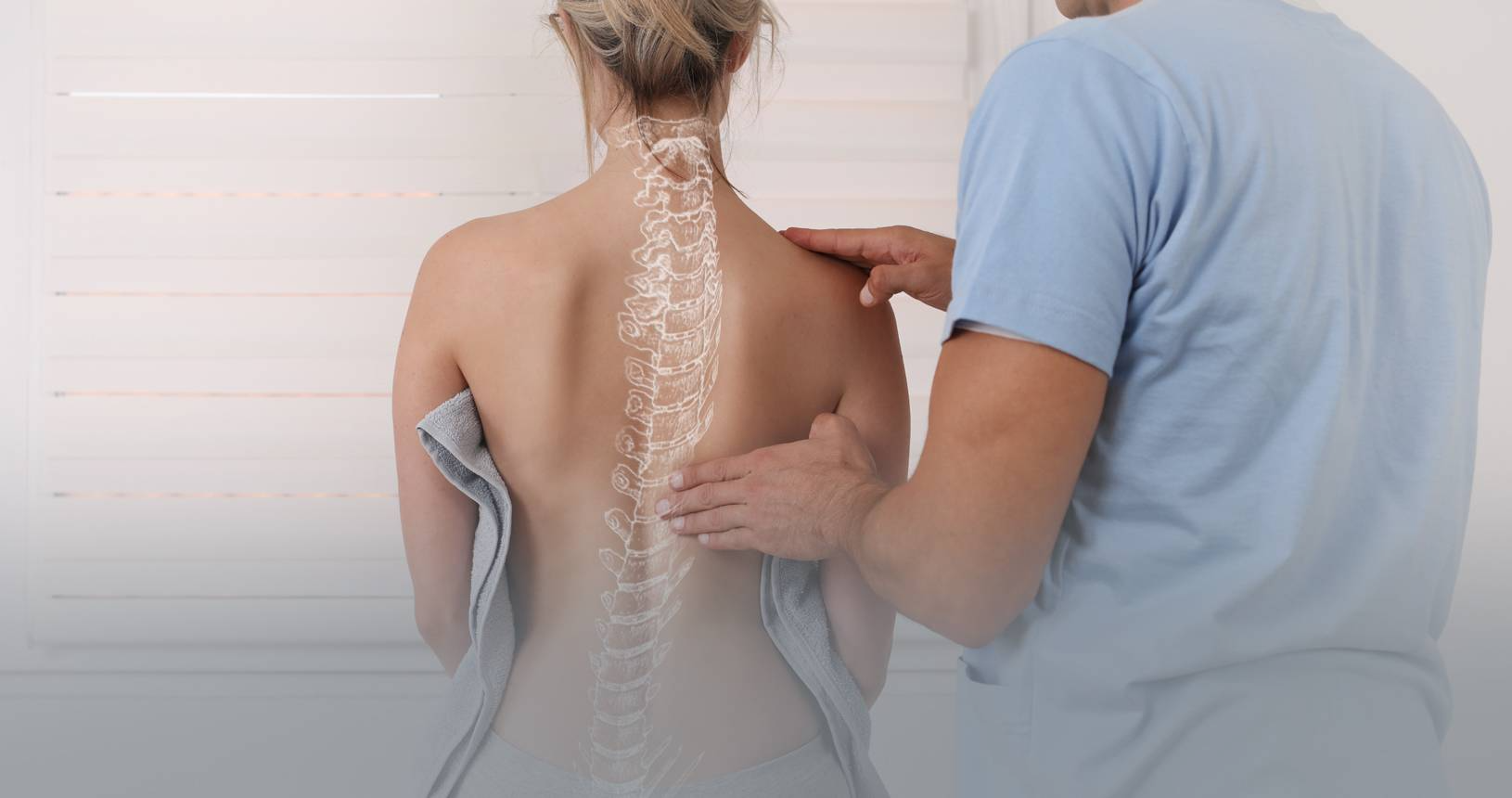
1. Forward Head
As mentioned above, forward head posture places the head in front of the body’s midline. The result of too many hours hunched in front of a computer, looking down at a phone, or driving, this type of posture problem can create significant neck and shoulder pain.2. Kyphosis
Kyphosis is similar to forward head posture, but is more severe and is sometimes referred to as hunchback. Defined by a significant curvature of the upper back, this type of poor posture is often the result of osteoporosis, aging, and disc degeneration.3. Swayback
Swayback occurs when the hips sit in front of the body’s midline. This type of poor posture often occurs because of extensive sitting, which weakens the back and gluteal muscles. It can create an inward curve of the lower back that is distinct even when standing.4. Flatback
Flatback is a type of poor posture defined by a loss of the curvature in the spine. Flatback, which is often caused by conditions such as inflammatory arthritis, can lead to pain when standing for too long.How to Correct Bad Posture
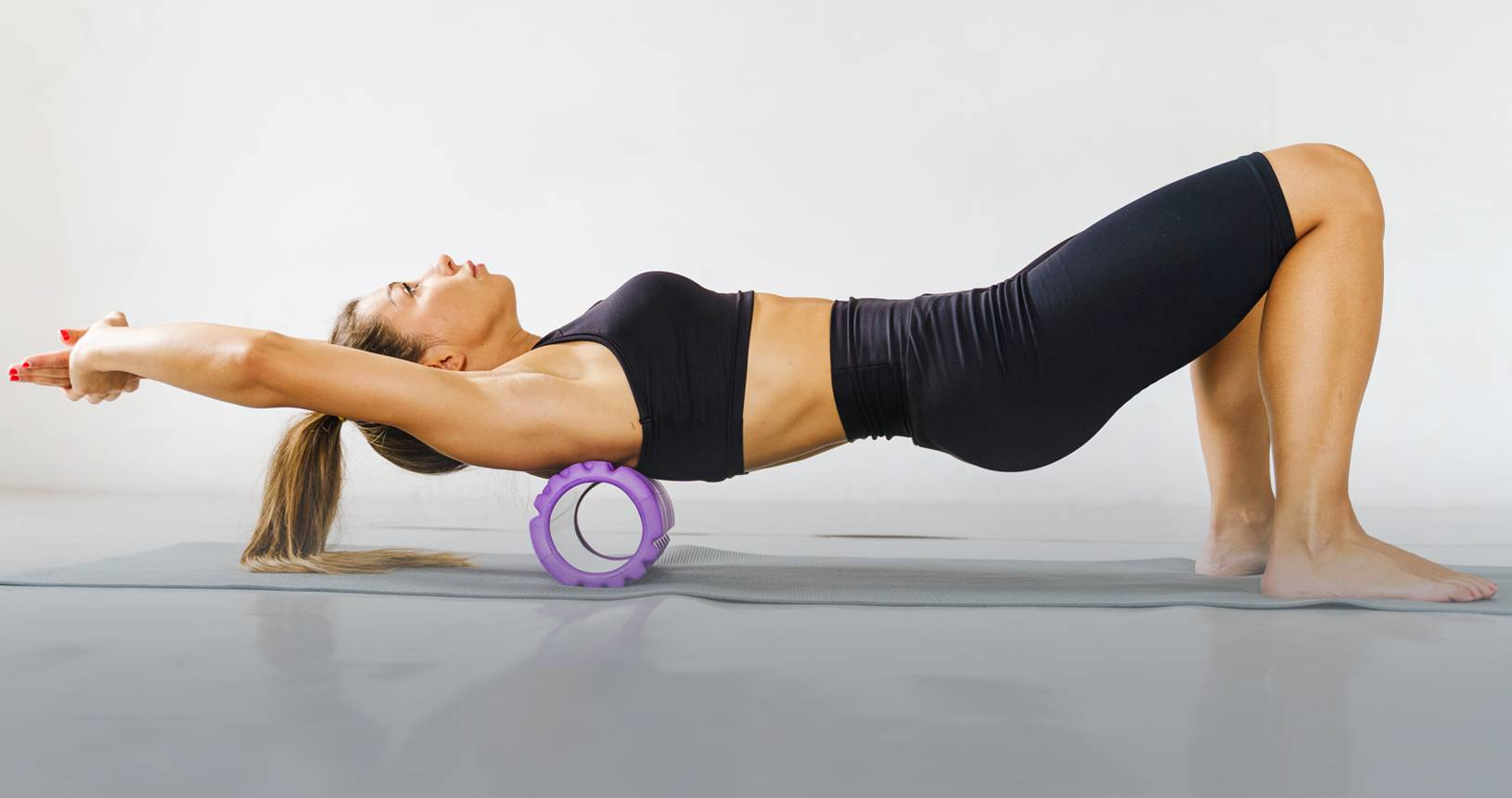
- Adjust your seating arrangements at work
- Lower or raise your computer to keep your head in alignment with your spine
- Wear comfortable, supportive shoes, not high heels
- Pay attention to your body’s alignment when sitting or standing (e.g. No slouching)
- Practice deep breathing
- Exercise regularly
